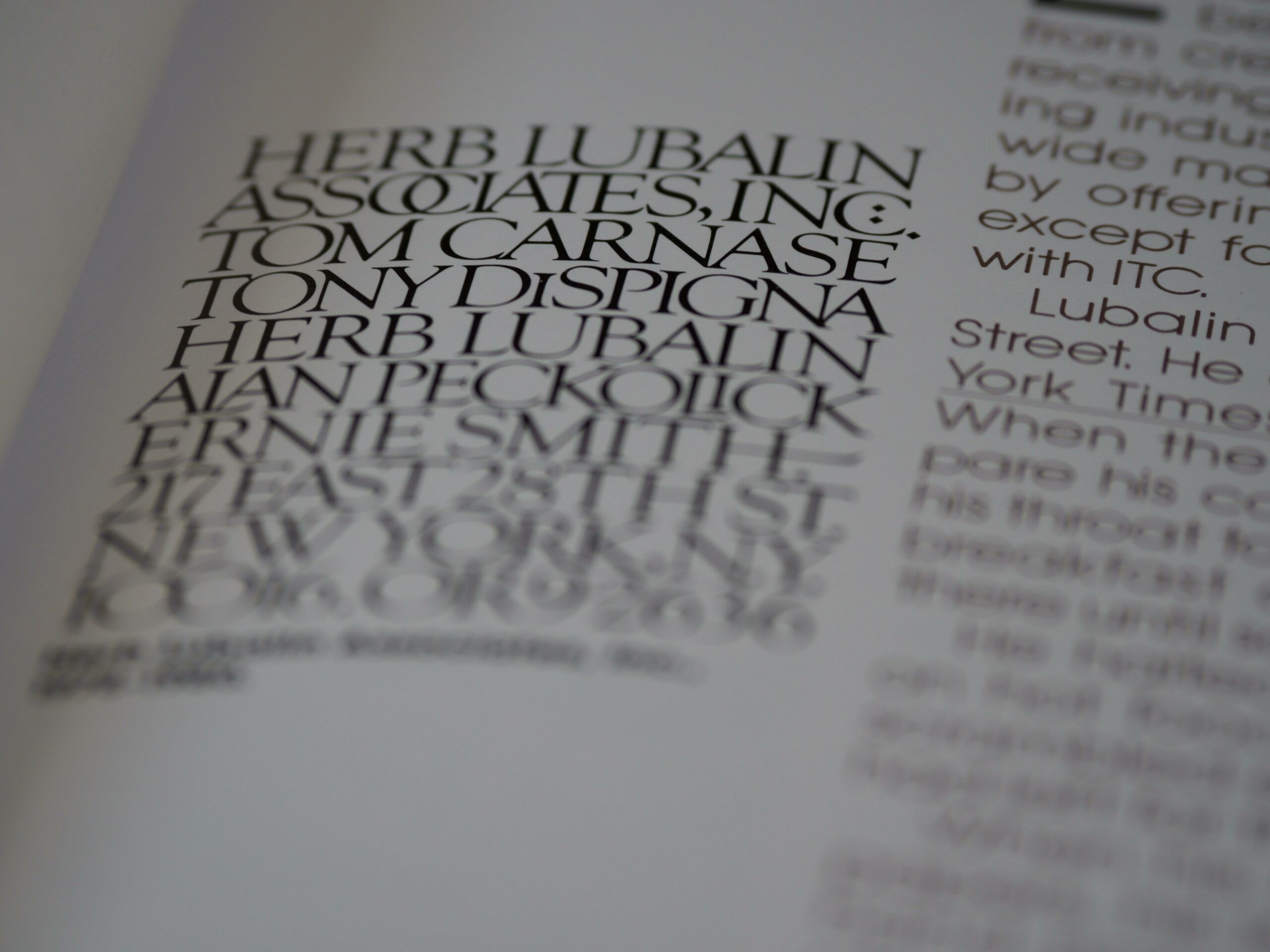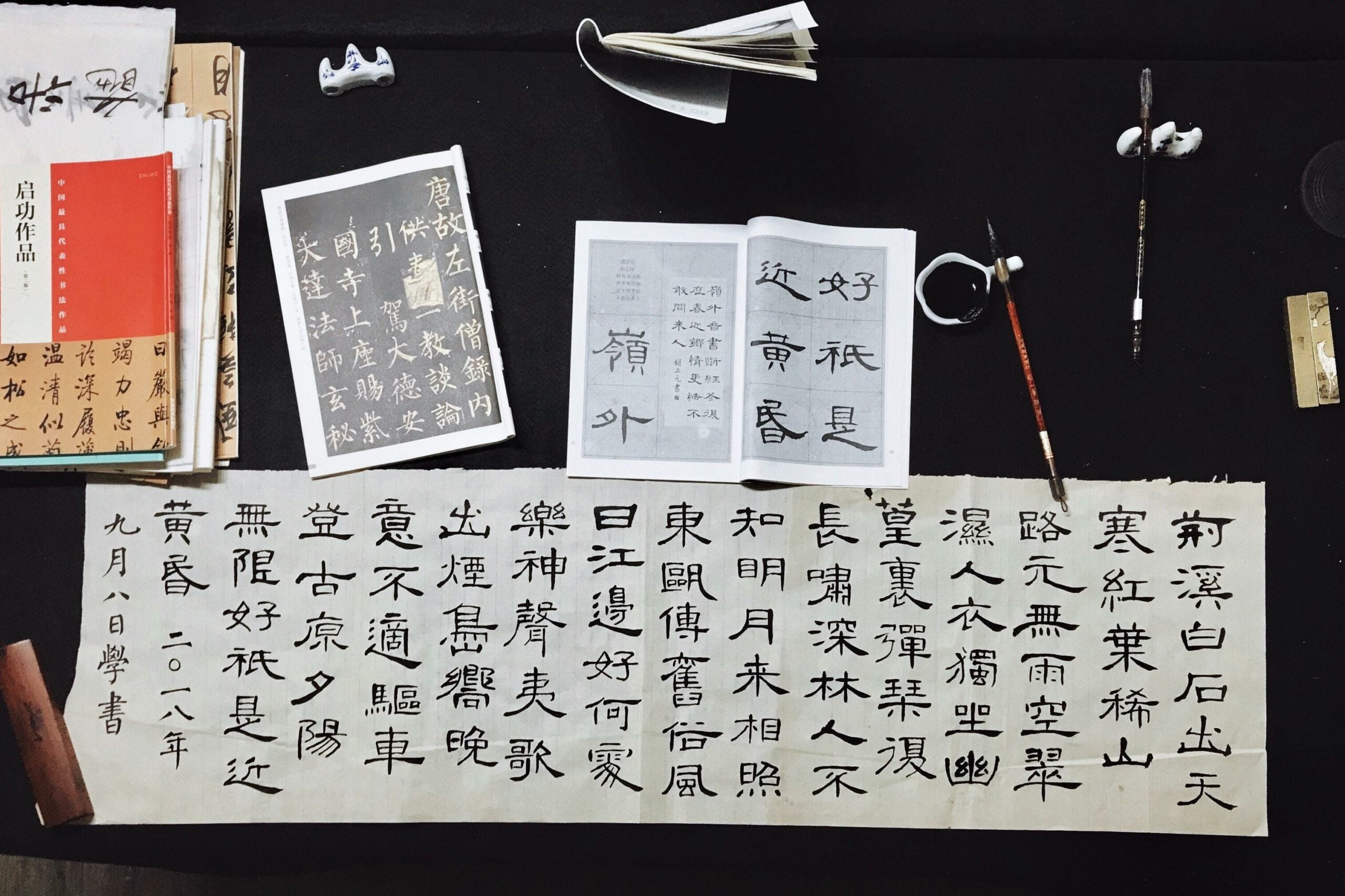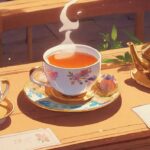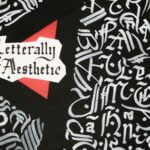Are you ready to dive into the rich and captivating world of Islamic calligraphy? Brace yourself for an enchanting journey as we peel back the layers and unveil the artistic treasures hidden within this ancient art form. In this article, we will take a closer look at some fascinating fun facts that will ignite your curiosity and leave you awe-inspired. So, grab a cup of tea, settle in, and prepare to be mesmerized by the mesmerizing tales behind Islamic calligraphy.

Islamic Calligraphy Fun Facts
Islamic calligraphy is an ancient art form with a rich history and deep cultural significance. Let’s dive into some fascinating fun facts that will unveil the artistic treasures behind this beautiful craft.
1. Origin and Sacred Significance
Islamic calligraphy finds its roots in the copying and writing of text from the Quran, the holy book of Islam. This sacred connection gives Islamic calligraphy a unique spiritual significance, as it is considered a way to meditate on the divine message of the Quran.
Quote: “Islamic calligraphy beautifully combines artistry with devotion, creating a visual representation of the sacred words.”
2. Widespread Presence
You can find Islamic calligraphy in various places, from the walls of mosques and palaces to everyday items like pottery, textiles, and even coins. Its ubiquity highlights its importance and the reverence it holds in Islamic culture.
Quote: “Whether you’re strolling through the grand halls of a mosque or admiring a delicate piece of ceramic art, Islamic calligraphy is bound to captivate you.”
3. The Qalam: Calligrapher’s Tool
The instrument used for Islamic calligraphy is called a qalam. It is a quill or reed pen that allows calligraphers to create precise and intricate strokes. The use of the qalam requires skill and practice to achieve the desired fluidity and grace in the calligraphy.
Quote: “The qalam is the calligrapher’s faithful companion, enabling them to bring the written word to life on the canvas.”
4. Various Script Styles
Islamic calligraphy encompasses a variety of script styles, each with its own unique characteristics and aesthetic appeal. Two prominent script styles are Kufic and Naskh. Kufic is known for its angular and bold forms, while Naskh is more rounded and cursive. These distinct script styles offer a glimpse into the diversity of Islamic calligraphy.
Quote: “From the bold and majestic Kufic to the elegant and flowing Naskh, each script style tells a story and adds its own charm to the art of calligraphy.”
5. Modern Fusion: Calligraffiti
Islamic calligraphy has not remained confined to traditional mediums and boundaries. In the modern art world, calligraphy and graffiti have merged to form a captivating style known as calligraffiti. This unique blend of traditional calligraphy and contemporary street art showcases the versatility and adaptability of Islamic calligraphy in the dynamic artistic landscape.
Quote: “Calligraffiti breaks free from tradition, bringing Islamic calligraphy to the streets, where it boldly blends with urban creativity.”
6. Decorative Delight
Calligraphy is a popular decorative writing style in Islamic art, often combined with geometric and arabesque patterns. This combination creates a visual symphony that intertwines letters, shapes, and intricate designs. The harmonious interplay of calligraphy and patterns showcases the beauty and intricacy found in Islamic artistic expression.
Quote: “Islamic calligraphy transforms words into visual poetry, merging with geometric and arabesque patterns to create a mesmerizing tapestry of art.”
In conclusion, Islamic calligraphy is a treasure trove of artistic expression, cultural significance, and spiritual devotion. Its origin, diverse script styles, and contemporary adaptations make it a fascinating subject to explore. Whether you encounter it in the hallowed halls of a mosque or the vibrant streets, Islamic calligraphy invites you to appreciate its beauty and delve into the rich heritage it represents.
Table:
| Fun Facts | |
|---|---|
| Origin and Sacred Significance | Islamic calligraphy finds its roots in the copying and writing of text from the Quran, the holy book of Islam. |
| Widespread Presence | Islamic calligraphy can be found in various places, from the walls of mosques and palaces to everyday items like pottery and textiles. |
| The Qalam: Calligrapher’s Tool | The instrument used for Islamic calligraphy is called a qalam, a pen that allows calligraphers to create precise and intricate strokes. |
| Various Script Styles | Islamic calligraphy encompasses a variety of script styles, with Kufic and Naskh being two prominent examples. |
| Modern Fusion: Calligraffiti | Calligraffiti is the fusion of traditional calligraphy and contemporary street art, showcasing the adaptability of Islamic calligraphy. |
| Decorative Delight | Calligraphy is a popular decorative writing style in Islamic art, often combined with geometric and arabesque patterns. |
Islamic calligraphy is a fascinating art form that holds deep cultural and historical significance. If you’re intrigued by Arabic script and the beauty it encompasses, then you’ll love exploring fun facts about Islamic calligraphy. From its origins to the intricacies of different calligraphic styles, there is so much to discover. Dive into the world of Islamic calligraphy by clicking here for a list of captivating fun facts: fun facts about Islamic calligraphy. Don’t miss out on this opportunity to expand your knowledge and appreciation for this captivating art form!
FAQ
Question: What is the significance of Islamic calligraphy?
Answer: Islamic calligraphy holds great importance as it originated from copying or writing text from the Quran, the sacred book of Islam. It is considered a beautiful way of representing the word of God and serves as a connection between the spiritual and artistic realms.
Question: Where can Islamic calligraphy be found?
Answer: Islamic calligraphy can be found in various places, including mosques, religious texts, and architectural designs. It is also present in everyday objects such as ceramics, metalwork, and textiles.
Question: What is the instrument used for Islamic calligraphy?
Answer: The instrument used for Islamic calligraphy is called a qalam. It is a pen-like tool made of a dried reed or bamboo, often sharpened at one end to create different line widths and textures.
Question: What are the different script styles in Islamic calligraphy?
Answer: Islamic calligraphy encompasses a range of script styles, each with its own characteristics. Some notable styles include Kufic, which is known for its bold and angular forms, and Naskh, which features a more rounded and fluid appearance.
Question: How has Islamic calligraphy been incorporated into modern art?
Answer: Islamic calligraphy has found its way into modern art through various mediums. One example is calligraffiti, a fusion of calligraphy and graffiti that combines traditional script styles with contemporary street art techniques. This integration allows for the expression of both cultural heritage and personal artistic interpretation.
- Unveiling Bernhard Caesar Einstein’s Scientific Achievements: A Legacy in Engineering - July 15, 2025
- Uncover who is Jerry McSorley: CEO, Family Man, Business Success Story - July 15, 2025
- Discover Bernhard Caesar Einstein’s Scientific Contributions: Unveiling a Legacy Beyond Einstein - July 15, 2025















